By Julie Tomascik
Every cow you see is the same, right? Actually, no!
There are different breeds, and each have certain characteristics. Their color patterns are different, too. In fact, no two cows have exactly the same spots or patterns, regardless of how close they might look alike.
So how do you tell the difference?
Beef Cattle
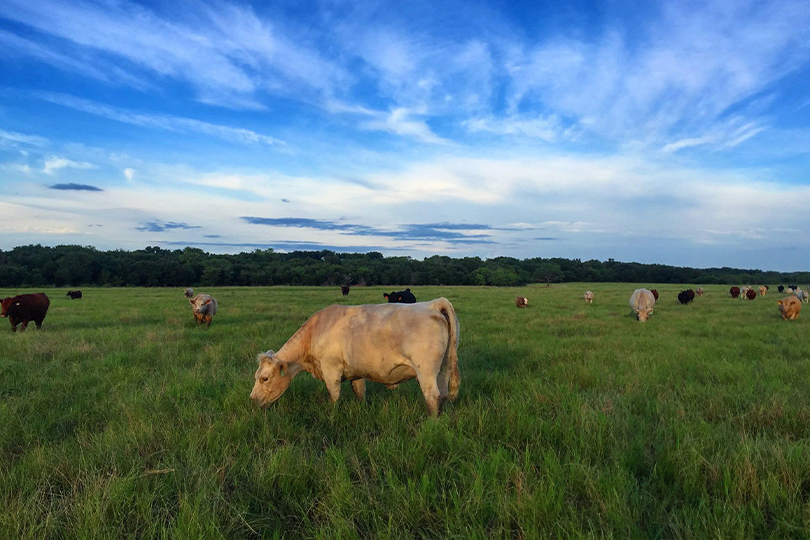
Beef cattle come in all colors. Red, black, white, grey, brown, yellow—and all shades in between! Some are solid colors and others have patterns and spots.
They’re also a stockier build. That’s because their energy is used to build muscle and store fat, which makes for tasty beef.
Beef cattle eat both grasses and grains, but primarily grass.
When it comes to milk production, beef cows produce only enough milk to feed their calves. That’s about 1 to 2 gallons per day, which is significantly less than dairy cows.
Beef cattle are all used to produce meat like hamburgers, steak, roasts and other delicious cuts you can find at the meat counter in your grocery store.
Learn more about beef cattle in Texas Farm Bureau’s Beef Connection publication.
Dairy Cattle
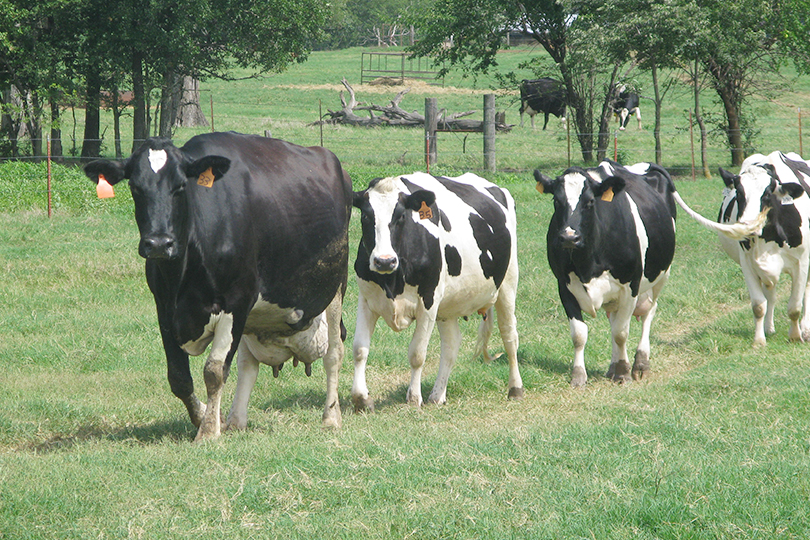
Holstein (like the cows pictured above) is the most common of the dairy breeds. They are known for their black-and-white spots.
But dairy cattle come in other colors, too. Brown, tan, silver, gold and white, and red and white are some of the colors. It all depends on the breed.
Many people often think dairy cattle look skinny or malnourished, but that’s just how they’re built. Their energy is used to produce milk rather than meat. That’s the most noticeable difference between dairy cows and beef cows.
But there’s more!
Dairy cattle also have very large udders. They can make an average of 7 to 9 gallons of milk per day.
Dairy cattle are fed a balanced diet of forages (aka grasses) and grains, and they are milked several times a day.
In the Lone Star State, an estimated 586,395 dairy cows produced more than 14.8 billions pounds of milk in 2020.
The average dairy herd in Texas has 1,487 cows, and each cow produces an average of 2,861 gallons of milk per year. That’s about 7.84 gallons per day.
Learn more about dairy cattle in Texas Farm Bureau’s Dairy Connection publication.
The More You Know
Some basic terms to know about cattle include:
- Bull: A bull is a male bovine that can reproduce. (He’s intact.)
- Steer: A steer is a male bovine that cannot reproduce. (He’s been snipped.)
- Cow: A cow is a female bovine that has given birth to a calf.
- Heifer: A heifer is a female bovine that has not given birth to a calf.
- Calf: A calf is a baby bovine—male or female.
And one important thing to remember about both dairy farmers and cattle ranchers—they dedicate their time and efforts to make sure their cattle are healthy and well cared for.

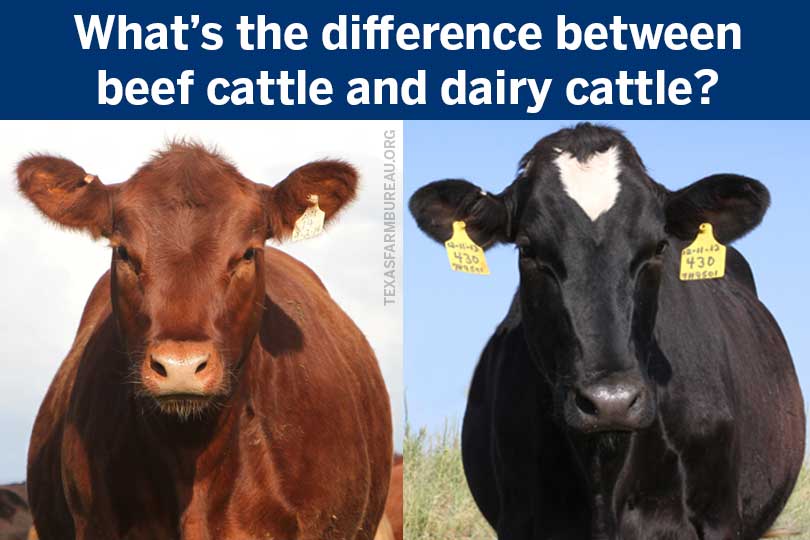
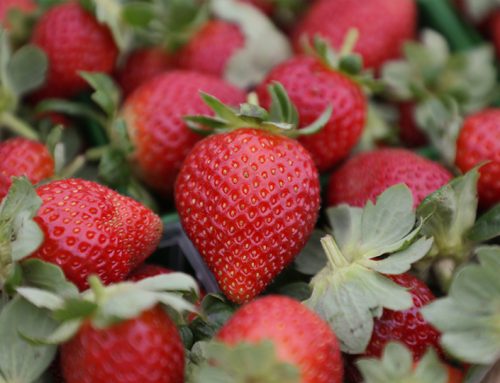
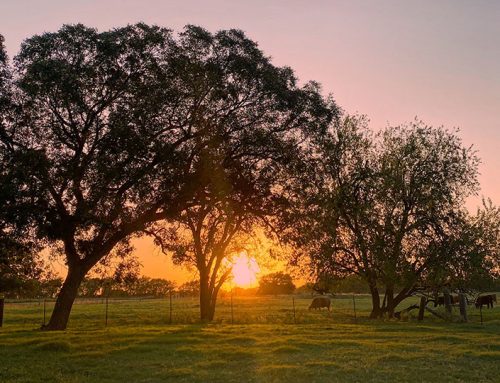
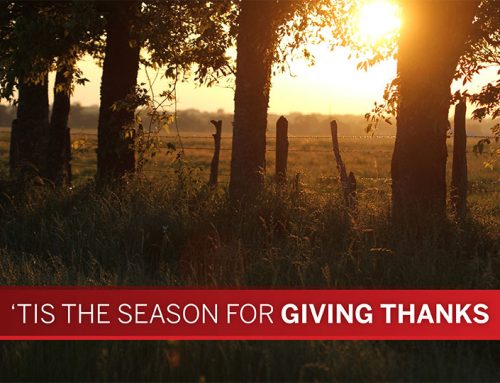
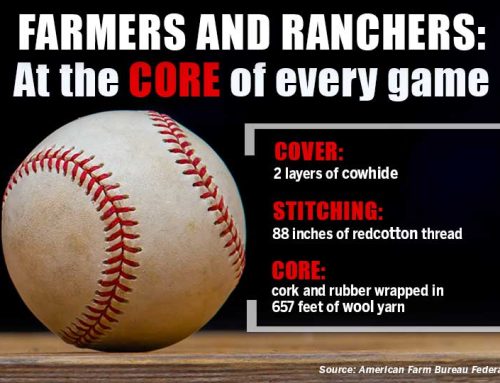
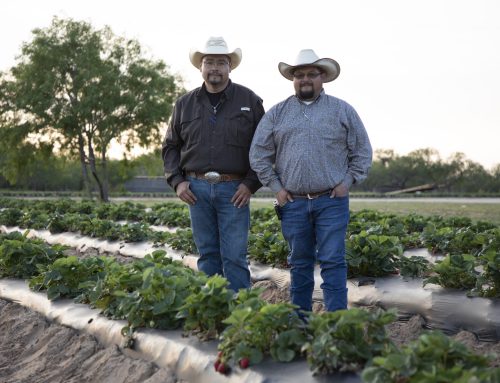




I have lived in Texas all my life and I never knew some of that information. I am 82.Never to to old to learn new things.
How to distinguish male from female cattle other than the obvious?
Which breed of bovine has a white band around its middle?
Thanks!
Very informative, thank you.